I never thought when I left my award-winning dance art filmmaking career my knowledge would come in handy again now that I am in the speaking, coaching and writing industries. Or at least I think it is. Lol.
Today pretty much everyone is being forced, whether we like it or not, to leap into a new world of delivery methods of learning, sharing and communicating. What is being created is a new hybrid of sorts of design and storytelling using a variety of mediums – education, knowledge, entertainment, media, film/video, communication and list goes on.
Because of what I am seeing as a rush to share or promote or sell your message or products there are some very rudimentary to wonderful videos, live-streaming, courses, speaking moments being presented online. This is a learning curve and you will make mistakes, as I am continuing to do myself, but as a creator or scientist or leader you know it is a lot of trial and error … and lots of practice. This is all good.

14 Design and Storytelling Lessons
Therefore, I thought I would share with you 14 lessons (and there are more) I have learned during my filmmaking days which are applicable to all the new technological mediums and especially creation of Virtual Backgrounds as well as you being in the frame.
- You are creating, whether it be a course or a speech or a meeting… a story that will transport people from a familiar world to a new world, a new discovery, a new learning that they don’t yet know.
- Put your eyes in the eyes of the audience. What will they see and hear from the imagery in the background?
- BE SIMPLE and do not overcrowd your visual environment with the unnecessary just because it is a wonderful picture or image. Unless that is done for dynamic impact.
- You are taking people on a journey that is ‘appearing real’ to them. It is important they feel part of this not as a separate bystander.
- Everything in the picture frame or virtual background has a reason to be there, whether it be image, colour, furniture, candles, whatever – it must have a reason – and also placed appropriately for impact. i.e. make sure you are appropriately placed in the frame, so you don’t have e.g. a plant or a pointed object growing out of your head.
- All what is in the picture frame wants to relate to the story you are sharing or the lessons you are teaching or the impact you want to have.
- Your backgrounds whether virtual or real, are metaphors to support your story, context and message. Remember you are creating an environment that takes your audience on a journey.
- The colour of your clothing must not be the same as the background – something must stand out. E.g. if everything is white in your background and minimalist and you are also wearing white, then add colour in the way of lipstick or a shirt or this can also just be the beautiful colour of your skin and race. The point here is, you don’t want to disappear into your background. You are the expert and that is why people are here to be with you.
- You are now the ‘subject’ in the frame and therefore ‘the actor’ and that has it lessons as well. Where do I look, what do I wear, how is my voice and more?
- Your movements depending on how close-up or far away you need to be appropriate in size and dynamics.
- You need to think dynamics in your delivery, movement, facial expression, words you use, tempo and timbre of your voice and more.
- Think about this as movement – remember it was called moving pictures for a reason
- To have a maximum impact in the rather experienced audiences of today you need to think length, tempo and visual experience not just the audio experience. Today people have seen a lot in their lives online and you are now mimicking this world of Netflix and YouTube.
- Remember pretty much anything goes in creativity and it depends on the impact you wish and who your audience and clients are. There are principles that the mind registers on – visual, colour, movement, sound and tempo.
In the end, it again comes down to the story you want to tell. There is a debate on how professional you want to look and be. The most important things are to be authentic, real and truthful in yourself with a balance of the design of your environment/set and storytelling that goes with your message.
Leap into the new world of technology of which I have to say I am slow at. As I say to all, this time the turtle is sometimes the right way to be, up to you. Observe what others are doing, then come back to who you are and what is your message.
Ask yourself the question:
What is it you want to be or do or say that will make a difference for …?
I hope this was helpful and if you wish to connect with me you can at,
E: connect@thenomadicmindset.com
Pod: www.thenomadicmindset.com/podcast
and … if you want to see some of my dance videos (there are many videos, some great, some good, some well…) hop over to https://bit.ly/35PpQ1n
Happy Designing your online environments and messages!
Kevin Cottam, Canadian, Global Nomad is a Professional Keynote Speaker, Executive Coach and Author of two books and the Nomadic Mindset Podcast. A former elite choreographer to World and Olympic Figure Skating Champions and award-winning director and editor of short dance film. He believes we have become too narrow in our thinking and behaviours and we need to expand our innate global thinking to create a new now and future that brings humanity, economic practices, healthy democratic governances and nature/climate together. He says to do this, we need to tap into our nomadic mindset. www.thenomadicmindset.com



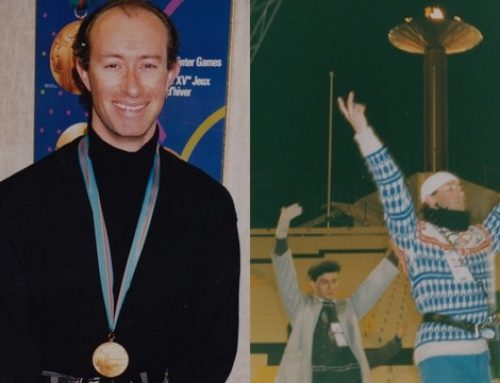
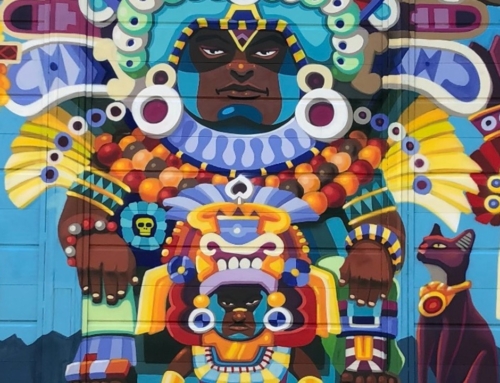
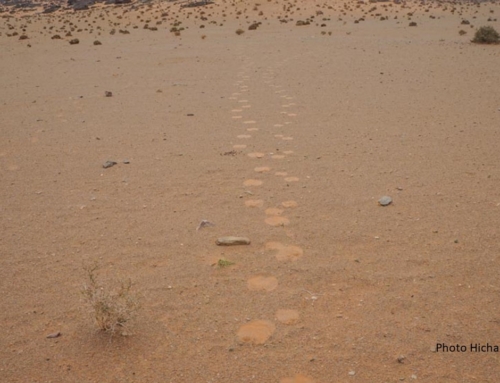
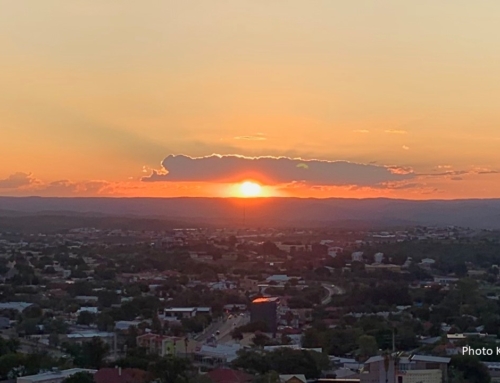
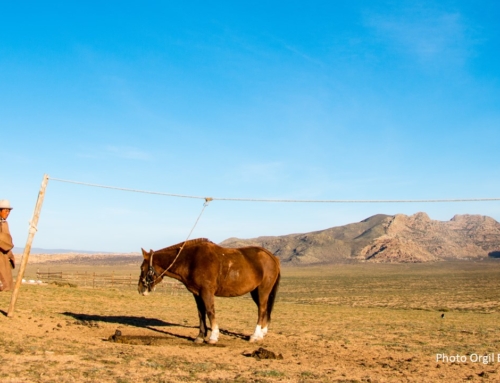
Leave A Comment